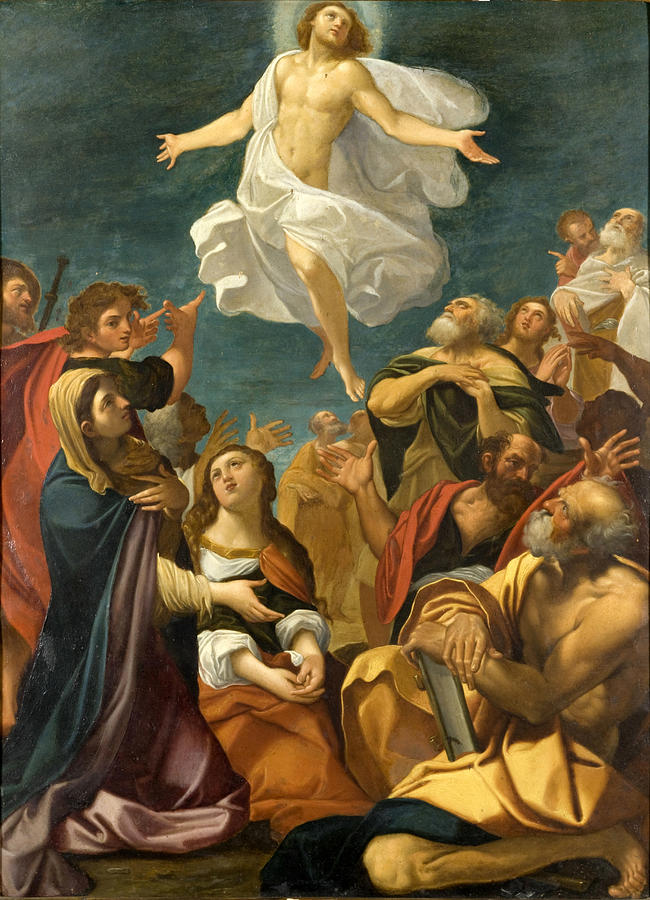
How long did that take? Probably not 10 minutes. Only after all of this does Jesus begin talking to them about the Scriptures, preaching to them a sermon about how his death was predicted in the Scriptures (Lk 24:45). Then Jesus appears and reveals himself and they give him some food to show that he’s not a spirit (Lk 24:42-43). They then talk with the disciples for a while and tell their story (Lk 24:35). This walk would take more than an hour, if not two. They then immediately go back to Jerusalem, a distance of 60 stadia (Lk 24:13), which is about 6-7 miles. They then recognize him as he breaks bread and disappears. Jesus then goes inside with them, they take the time to make and eat dinner. For starters, Luke 24:29 states that the men on the road to Emmaus pressed Jesus to stay with them for dinner because it was already evening and the day was “far spent.” We do not know what that means exactly, but it can hardly mean 3 pm. Time indicators in Lukeįurthermore, at the end of Luke, there is some obvious rush happening and a lack of specifics about time. Luke isn’t claiming to give a total account of Jesus’ life. Luke also leaves a 4-year gap between Acts 12 and 13, and he also omits Jesus’ family trip to Egypt that we find in Matthew. If we aren’t reading carefully we can assume they’re totally complete. This is an example of Luke taking related events where he omits time as well as some of the details. This trip may have happened within Luke’s ‘many days’ in Acts 9:23, and Luke omits it. (See 1 Kings 2:38-39) So what about the journey to Arabia? Luke doesn’t mention it, but that doesn’t necessarily contradict Paul’s story in Galatians.

Just how long of a period is ‘many days’? If we’re only reading Acts, it doesn’t necessarily feel like a 3-year period, although it certainly could be. And they were all afraid of him, for they did not believe that he was a disciple.īut this isn’t a contradiction. And when he had come to Jerusalem, he attempted to join the disciples. “ When many days had passed, the Jews plotted to kill him, but their plot became known to Saul. They were watching the gates day and night in order to kill him, but his disciples took him by night and let him down through an opening in the wall, lowering him in a basket. Then after three years, I went up to Jerusalem to visit Cephas and remained with him for fifteen days. But I saw none of the other apostles except James the Lord’s brother. (In what I am writing to you, before God, I do not lie!)”īut if we read Acts 9:23-26 at face value, it seems like Paul goes directly into Jerusalem:

“I was pleased to reveal his Son to me, in order that I might preach him among the Gentiles, I did not immediately consult with anyone nor did I go up to Jerusalem to those who were apostles before me, but I went away into Arabia, and returned again to Damascus. Paul tells us he went to Arabia for three years after his conversion. Telescoping is simply taking a longer storyline and putting it into a brief form without changing the facts.Īs philosopher Tim McGrew points out, other ancient historians have used this technique, including Sallust, Lucian, Cicero, and Quintillian. What Luke is doing is telescoping the events, which is a standard rhetorical method of the time. Luke doesn’t say Jesus’ ascension took place on the same day as the resurrection. Historical accuracy does not appear to be his major concern.”īut there’s a problem here.

Luke tells the same story twice, and in two radically different ways. And here he ascends not from Bethany but Jerusalem. Jesus instead spends forty days with his disciples proving to them that he had been raised from the dead (it’s not clear why he would have to prove it! Let alone do so for forty days!), and only then – forty days after his resurrection – does he ascend. But when you read Acts 1, written by the same author, you find that Jesus did not ascend on that day or that place. “In Luke 24 (you can read it for yourself and see) Jesus rises from the dead, on that day meets with his disciples, and then, again that day, he ascends to heaven from the town of Bethany.

In The Acts of the Apostles, Jesus hung around for 40 days before leaving his disciples. In his Gospel, Luke says that Jesus ascended into heaven the day of his resurrection. Bart Ehrman says that the author of Luke can’t seem to get the story of the Ascension of Jesus right.


 0 kommentar(er)
0 kommentar(er)
